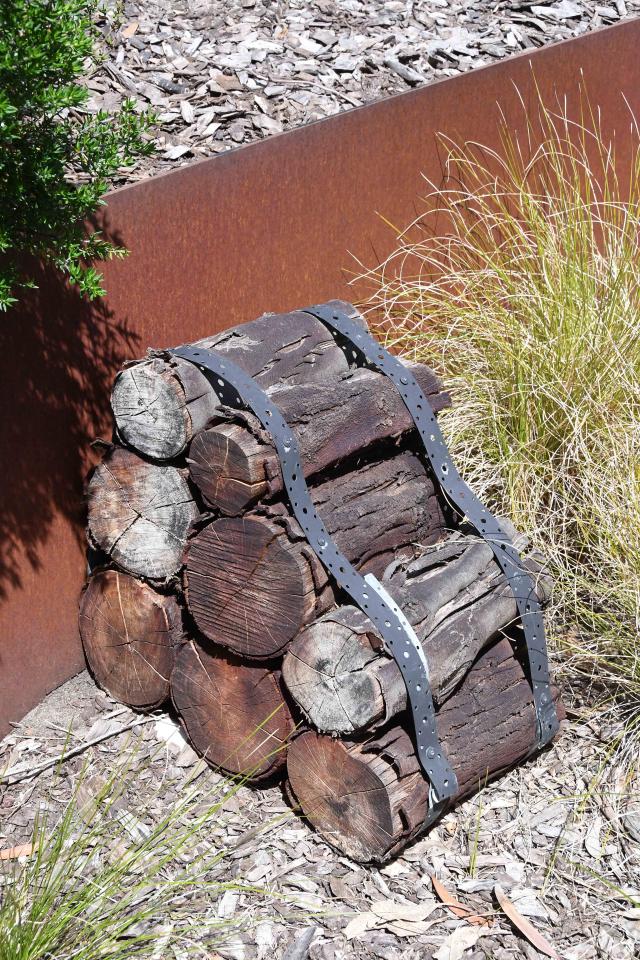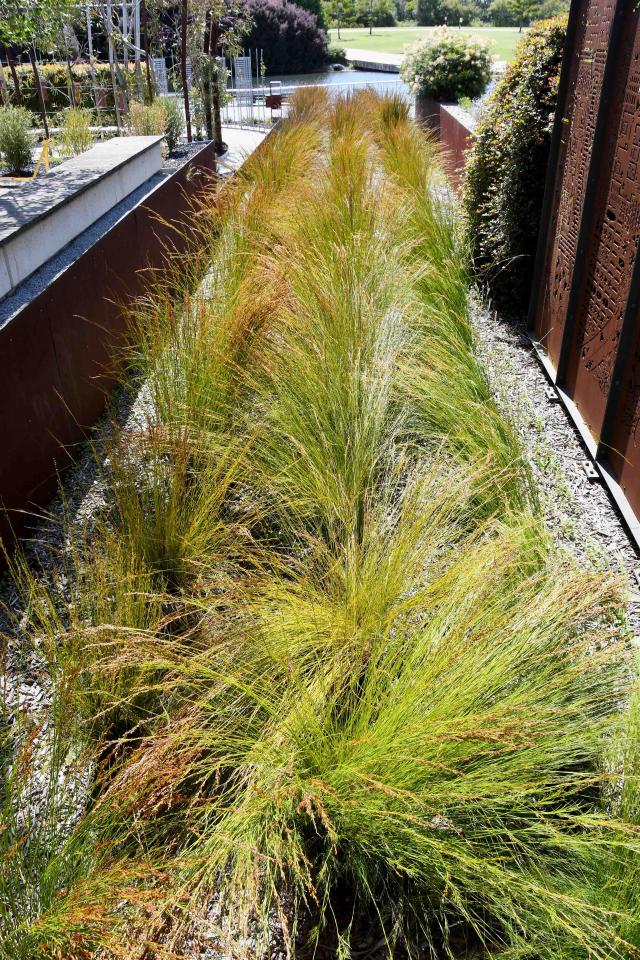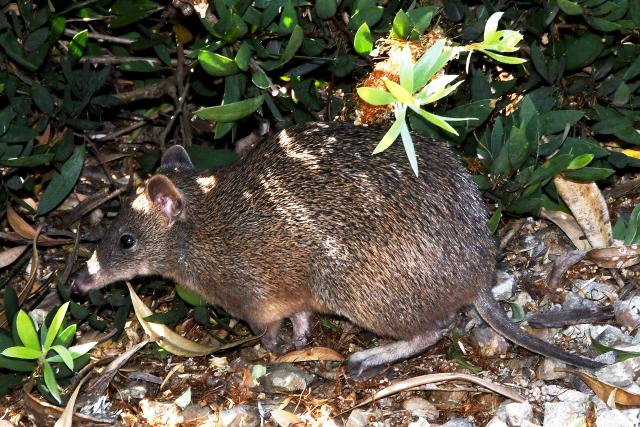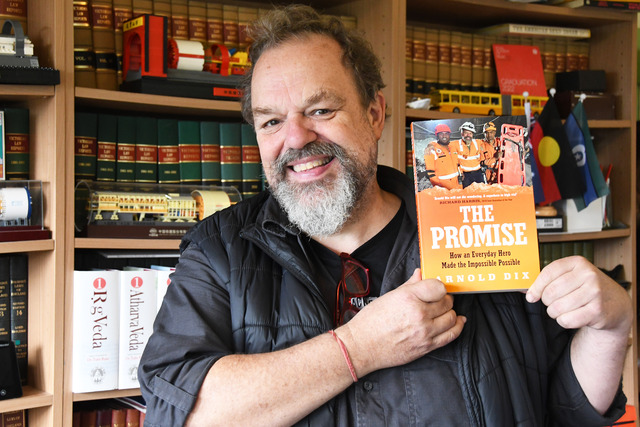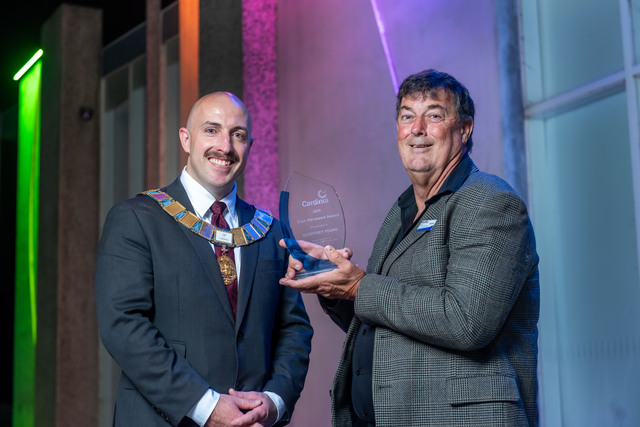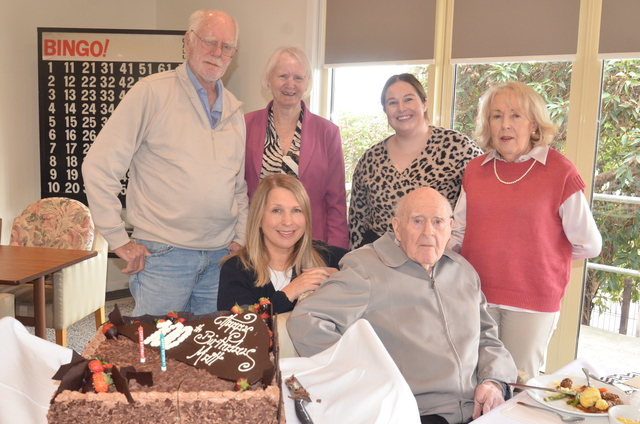The Bandicoot Brigade from the Cranbourne Royal Botanic Gardens is recruiting members to help track and locate the southern brown bandicoot population across Melbourne’s south-eastern suburbs.
The Brigade was established in late 2020 as a way for people living in the south east to share information on where they see bandicoots and how the community can facilitate their prosperity.
Southern brown bandicoots are locals to the Australian southern coastline and are endangered.
Charlotte Fletcher is the Southern Brown Bandicoots Outreach Officer at the gardens, which is home to 200-300 bandicoots tracked through camera trapping technology.
“We’ve got a great spot for population here, better than the other reserves because they’re slightly less protected, they don’t have a six-foot high fence and predator control program, or an irrigated garden full of food,” Ms Fletcher said. “Population in other reserves are more susceptible to a bad year of rains, so there’s no food and they all die out, and predators like foxes.”
Members of the bandicoot brigade will receive priority access to spotlighting events at the gardens and surrounding parks and reserves, including Woodlot Lane in Tooradin.
In 2022 Edwards is planning to host events once a month at sites with an established population, and potential new locations.
Demand for the events is high, with one recent event booking-out within the first 24 hours of advertising.
In the last 20 years the population in Frankston, Cardinia and Bass Coast shire have disappeared, but, they have recently been spotted in Brompton, much to Edwards’ delight.
“It’s a new development with totally new vegetation, so it’s exciting that that vegetation is good enough that they’ve moved in.”
The self-described ‘bandicoot lady’ studied science communication at university with a focus the loss of bandicoots in suburban areas.
She said there are many things the general public can do to help look after the bandicoots, including reporting sightings on ‘iNaturalist’, plant low, dense shrubs for them to shelter and hide from predators in, and follow speed limits.
“We have the low speed limit on our road here for a reason, it’s because animals are silly things and rush out in front of cars. They don’t know any better so we need to try and be a little bit cautious and give them a chance.”
Bandicoots are generally around 50 centimetres long with short ears and a stocky body shape.
In the process of digging for fungi and grubs to eat, they can turn-over an estimated 3.9 tonnes of soil per year.
The gardens have also added bandicoot infrastructure, including erecting road barriers and building small two-way gates that the animals can open with their long noses to navigate fences.
The gates, which cover a pipe wide enough for the animals to access are 10-centimetres high, and are one example of what people in the south east can do to their homes to facilitate bandicoot navigation.
“The design guidelines in some of the new suburbs include six-foot tall fences to the ground,” Fletcher said.
“If people want bandicoots in their backyards, they need a 10-centimetre gap in their fence. So we try to show people options that having a gap in their fence won’t compromise their ability to keep other things out.”
The City of Casey have taken steps to preserve the population, including banning cats from living in Botanic Ridge and Settlers Run.
Cats are a natural predator to the bandicoot and were banned in the area under Section 126 of the Planning and Environment Act 1987.
To join the bandicoot brigade head to rbg.vic.gov.au/initiatives/southern-brown-bandicoot/bandicoot-brigade/ or contact Charlotte on 03 5990 2298.


